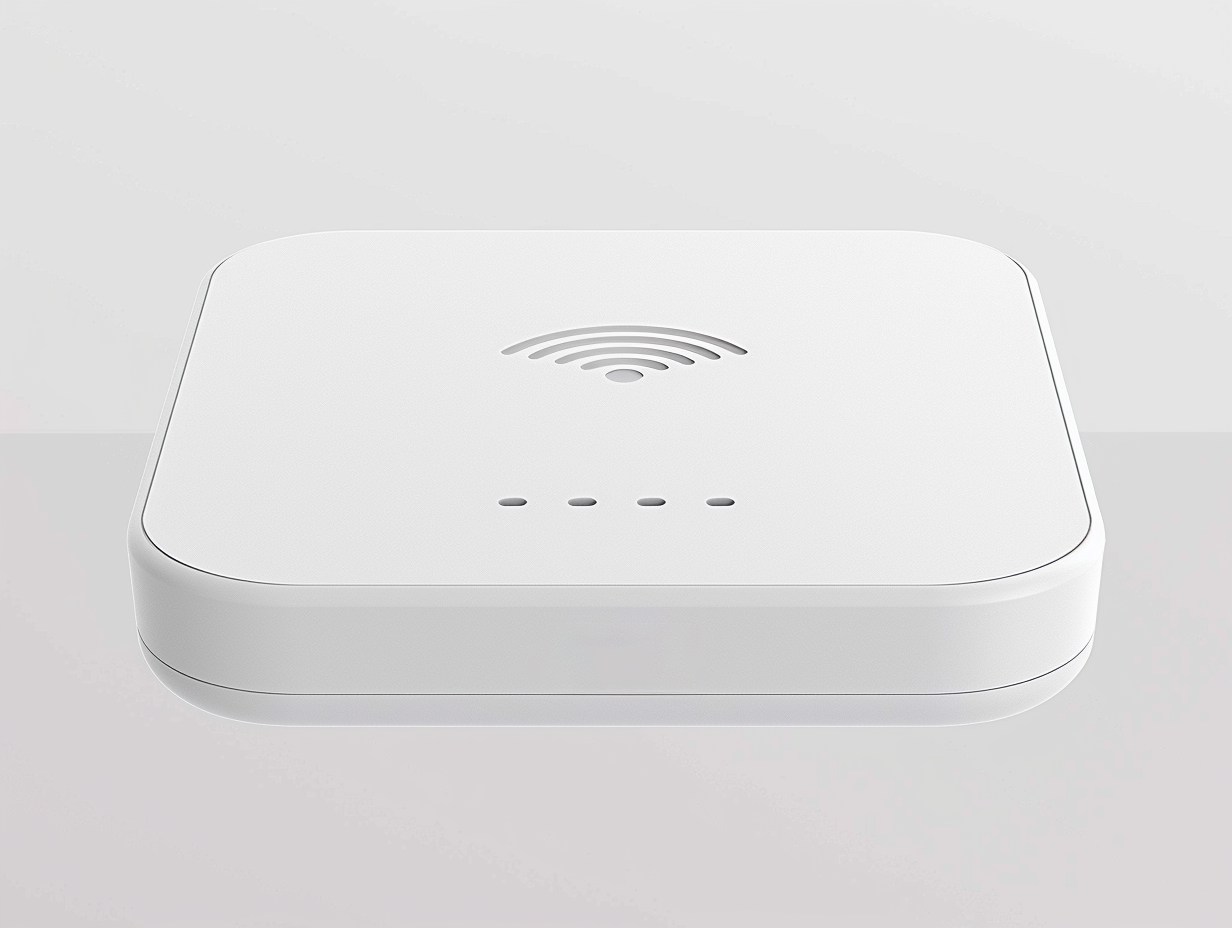Robust Wireless Network Onboard Naval Vessels
Secure Naval WiFi-Solution
Created for continuous mobility for handhelds, tablets and other wireless hardware, it ensures uninterrupted connectivity for end-station users.
The Secure Naval WiFi Solution utilizes Fortinet equipment and software to create a robust wireless network onboard naval vessels. It comprises a Virtual Controller and Access Points that form a virtualized wireless LAN, enabling continuous mobility for handhelds and other wireless hardware. The system ensures uninterrupted connectivity by seamlessly transferring connections between Access Points within range.
Benefits
Features
Single Point of Configuration
The Fortinet Virtual WiFi Controller serves as a central configuration point for the entire wireless network.

Seamless Roaming
Handheld devices consistently switch between Access Points within range, without interrupting ongoing sessions or requiring manual intervention.
Single Channel Wi-Fi Architecture
The network operates on a single channel Wi-Fi architecture, simplifying radio frequency configuration and management.


Virtual LAN (VLAN) Support:
The system supports the creation of virtual LANs for data exchange with hardware such as handhelds and tablets.
End station users
Сonnect via Access Points based on 802.11g, 802.11n, 802.11k, 802.11r, or 802.11ac standards.

How It Works
- The Virtual Controller and Access Points create a virtualized wireless LAN, facilitating continuous mobility for handhelds and other devices.
- The Fortinet WiFi Controller serves as a single point of configuration for the entire wireless network, defining session lifetimes and managing Access Points.
- Seamless handover between Access Points ensures uninterrupted communication, while AirTime Fairness optimizes network performance.
- Advanced security measures, including RADIUS authentication, SSL inspection, and VPN support, protect the network from cyber threats and ensure data privacy.